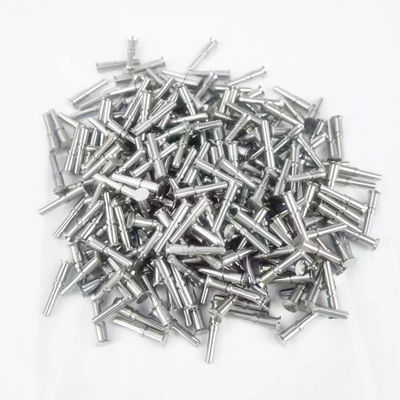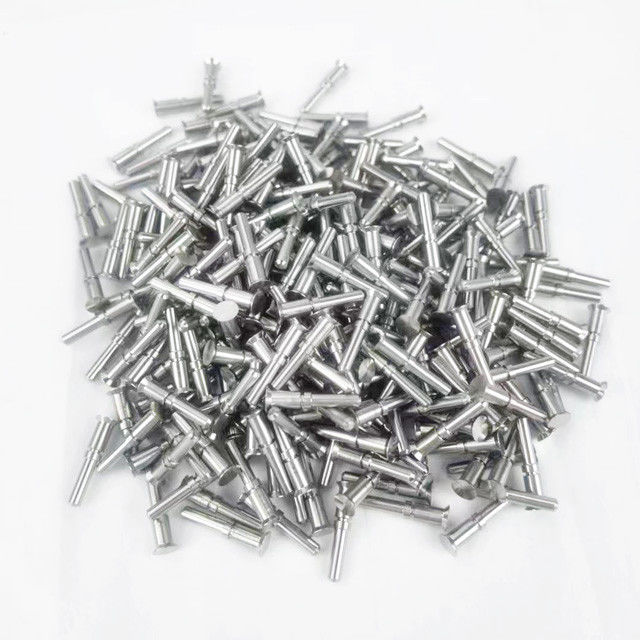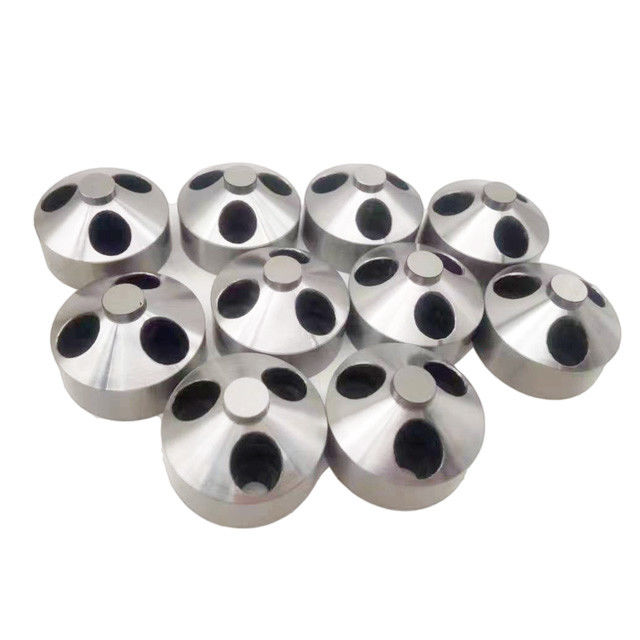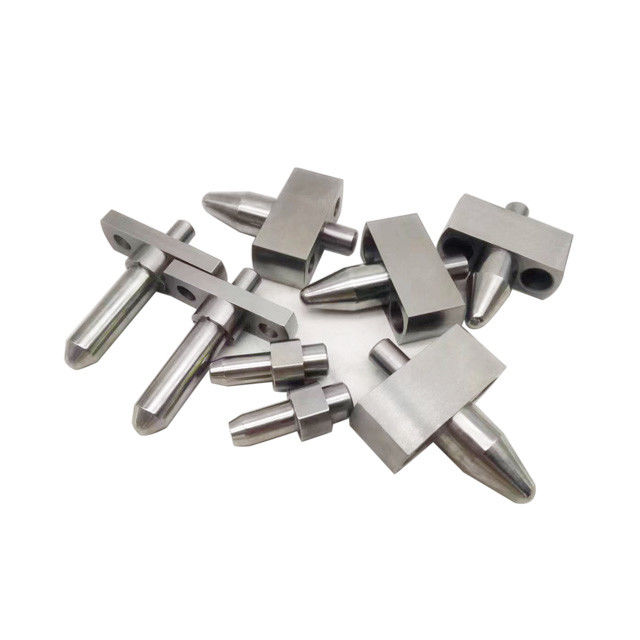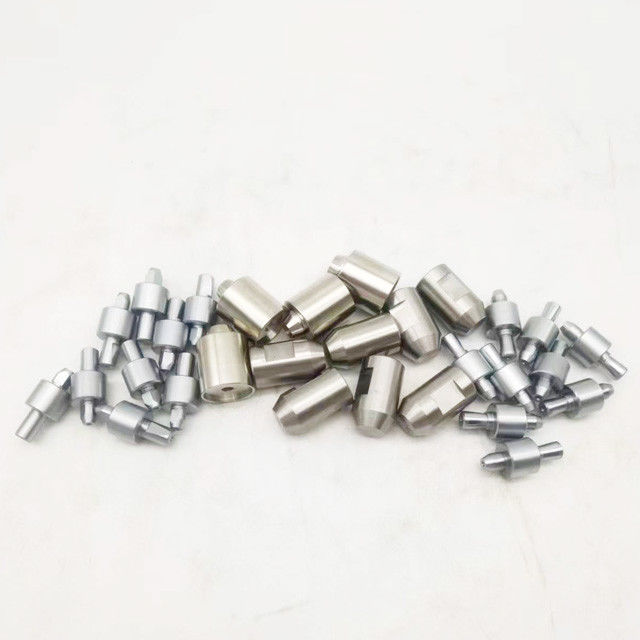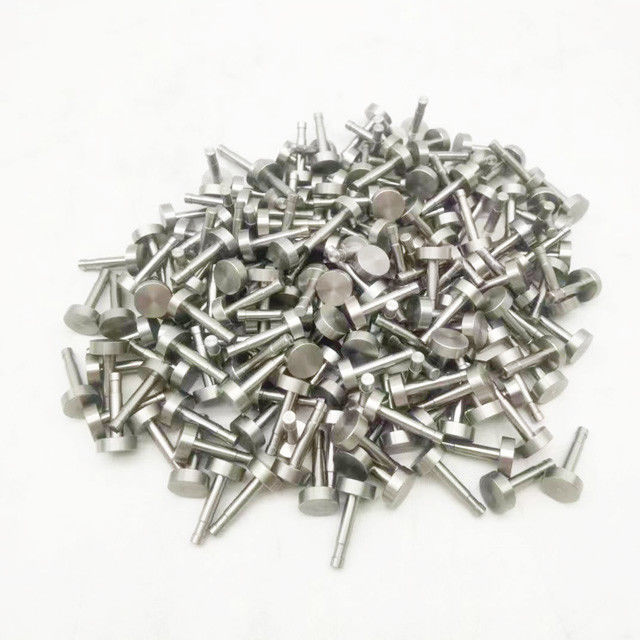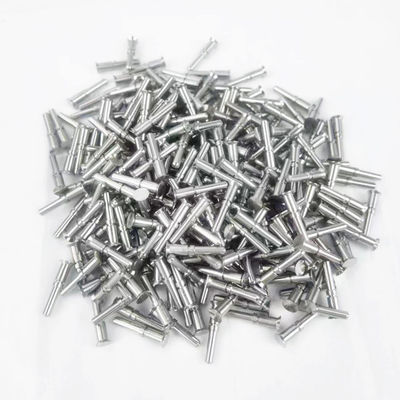
Machine Automotive Plastic CNC Machined Parts Service with Chrome Finish
-
Highlight
CNC Machined Automotive Plastic Parts
,CNC Machined Plastic Parts
,Chrome Finish Automotive Plastic Parts
-
Product NameMachining Parts
-
Surface TreatmentAnodizing,polishing,chrome As Your Request
-
ServiceOEM /ODM
-
Apply ToAny OEM Cnc Machining Parts
-
SampleNeed To Pay Sample Fee
-
Tolerance0.01-0.005mm
-
ProcessCnc Machining+deburrs
-
FeatureDurable And High Precision
-
ColorCustomized Color
-
Delivery Time3-7 Days For Sample Order, 10-15 Days For Bulk Order After
-
Place of OriginGuangdong
-
Brand NameHS
-
CertificationISO9001:2015
-
Model NumberHS-495
-
Minimum Order Quantity1,Piece/Pieces
-
PriceUSD,2.85-6.78,Piece/Pieces
-
Packaging DetailsEPE foam inside and Carton outside or EPE foam inside and Wooden outside
-
Delivery Time3-14 work days
-
Payment TermsL/C, D/A, D/P, T/T, Western Union, MoneyGram
-
Supply Ability5000,Piece/Pieces,Month
Machine Automotive Plastic CNC Machined Parts Service with Chrome Finish
Custom aluminium turned parts processing, any ordinary lathe can clamp the rotating parts, which can be processed by a CNC lathe. CNC lathe has higher machining precision in the process of parts processing, with the straight arc interpolation, automatic transmission, and other characteristics, its technical scope is much wider than ordinary machine tools.
|
Custom CNC Machining Parts of Most Materials
|
||||
|
Quotation
|
According to your drawing(size, material, thickness, processing content, and required technology, etc)
|
|||
|
Tolerance丨Surface Roughness
|
+/-0.005 - 0.01mm 丨 Ra0.2 - Ra3.2(Custonize avaiable)
|
|||
|
Materials Avaiable
|
Aluminum, Copper, Stainless steel, Iron, PE, PVC, ABS, etc.
|
|||
|
Surface Treatment
|
Polishing, general/hard/color oxidation, surface chamfering, tempering, etc.
|
|||
|
Processing
|
CNC Turning, Milling, drilling, auto lathe, tapping, bushing, surface treatment, etc.
|
|||
|
Testing Equipment
|
CMM/Tool microscope/multi-joint arm/Automatic height gauge/Manual height gauge/Dial gauge/Roughness measurement
|
|||
|
Drawing Formats
|
PRO/E, Auto CAD, Solid Works , UG, CAD / CAM / CAE, PDF
|
|||
|
Our Advantages
|
1.) 24 hours online service & Quickly Quote/Delivery.
2.) 100% QC quality inspection before delivery, and can provide quality inspection form.
3.) 14+ years of experience in the CNC machining area and have a senior design team to offer perfect modification suggestions. |
|||
Five-axis machining technology stands as a pivotal technique in the precise machining of aviation components. Its utilization becomes imperative when dealing with intricate geometries and constrained spatial relationships between the cutting tool and the workpieces. Employing five-axis machining aids in minimizing setup times and enhancing machining precision. With each setup, a new potential source of error is introduced, consequently impacting the final accuracy of the workpiece.
![]()
Positioning five-axis machining offers numerous advantages including the optimal use of shorter tools, reduced tool extension lengths, increased cutting speeds, prolonged tool life, enhanced machining accuracy, and superior surface quality through the creation of directional working planes. Additionally, employing five-axis machining streamlines the debugging and loading processes, saving time, minimizing errors from multiple setups, and significantly boosting machine tool utilization rates.
Contrary to its perceived complexity, programming for five-axis machining can be simplified with the aid of CAM software. These tools provide straightforward and practical programming methods, allowing for the effective application of high-speed machining techniques to enhance cost-effectiveness.
![]()
![]()

